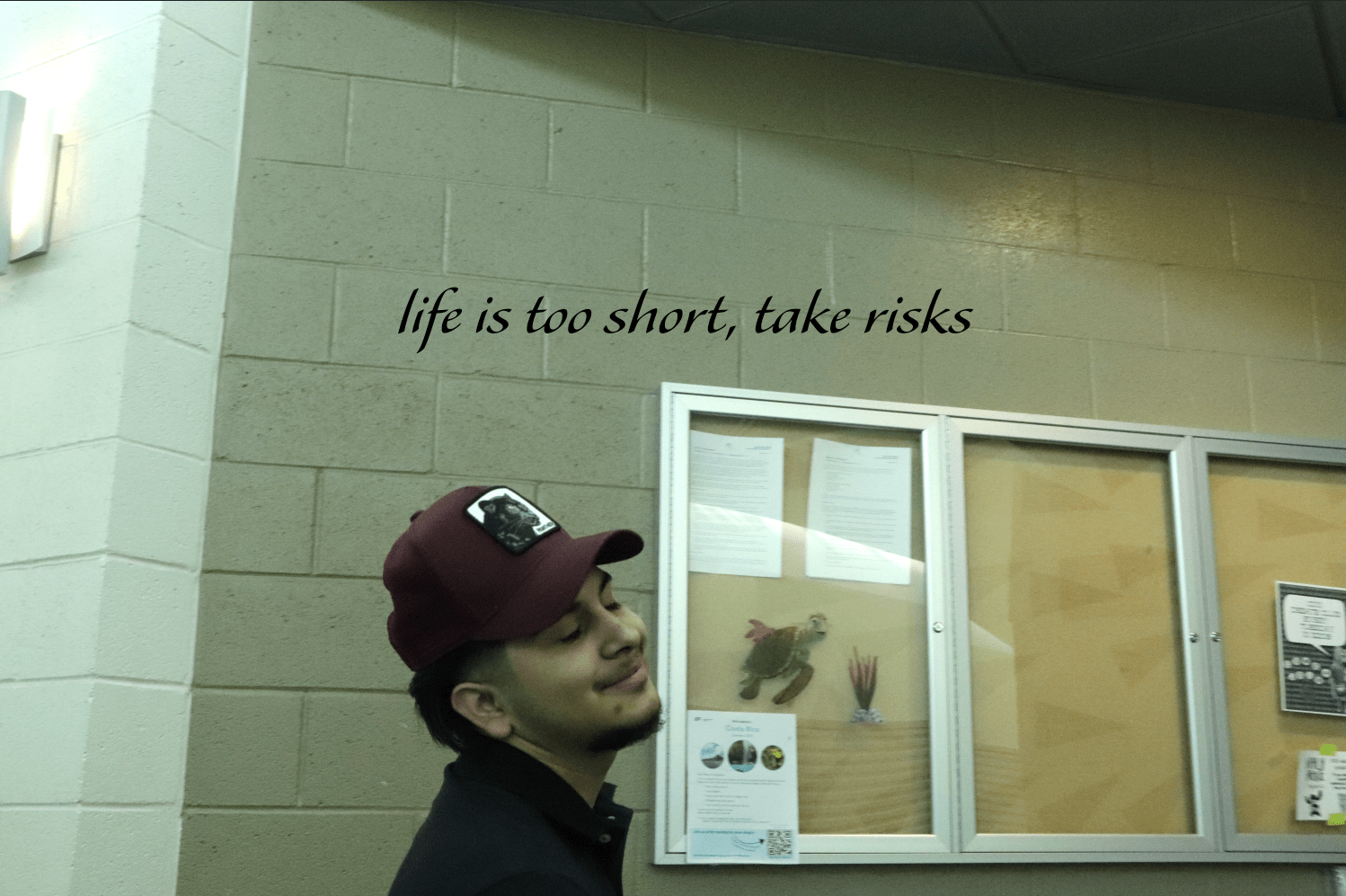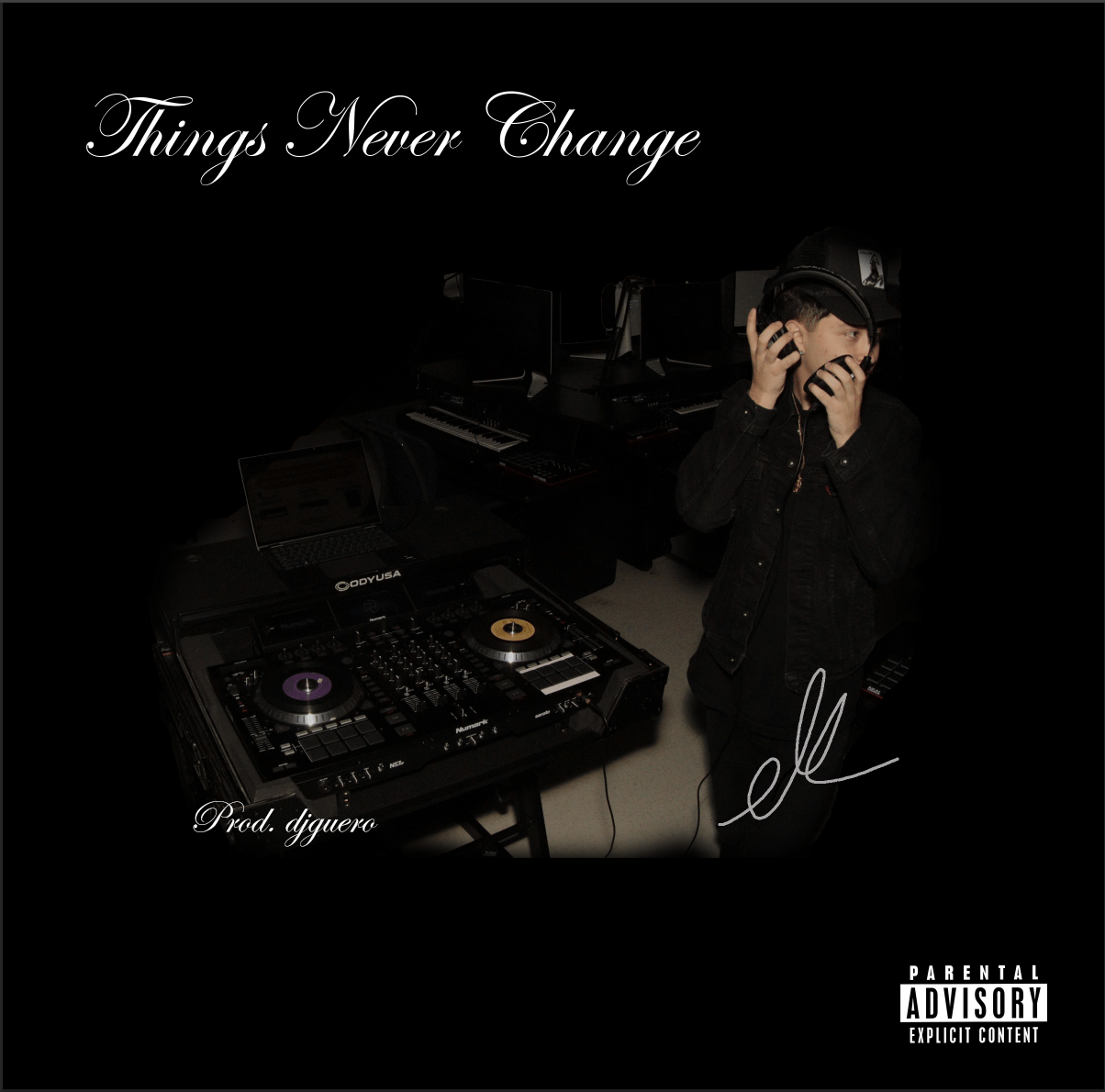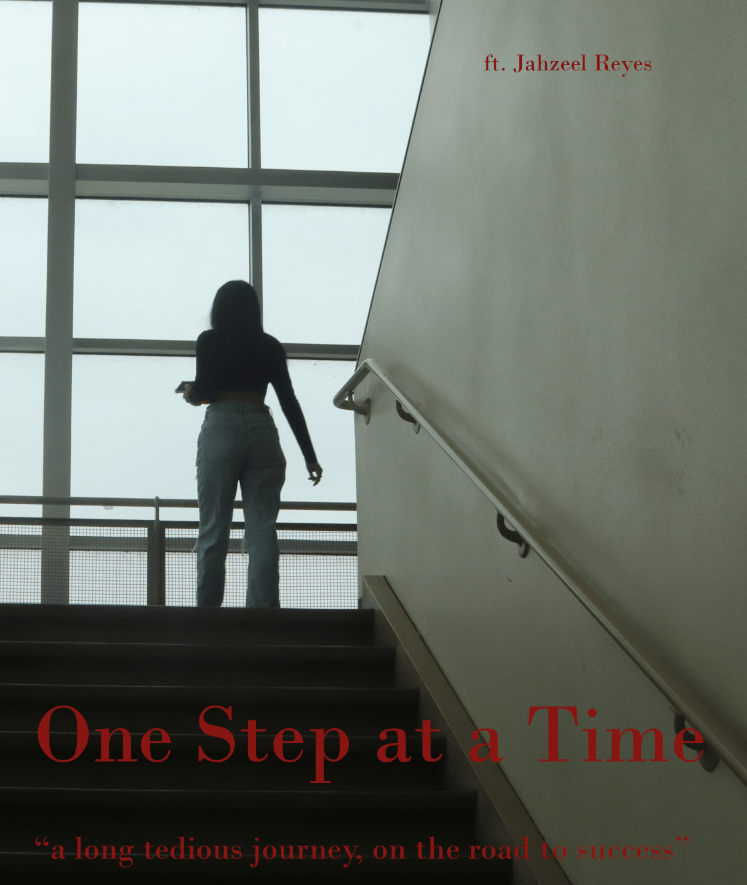
This movie, directed by me would be about my life as an IB student. It would show the hardships and struggles faced while having such hard classes.

This movie, directed by me would be about my life as an IB student. It would show the hardships and struggles faced while having such hard classes.
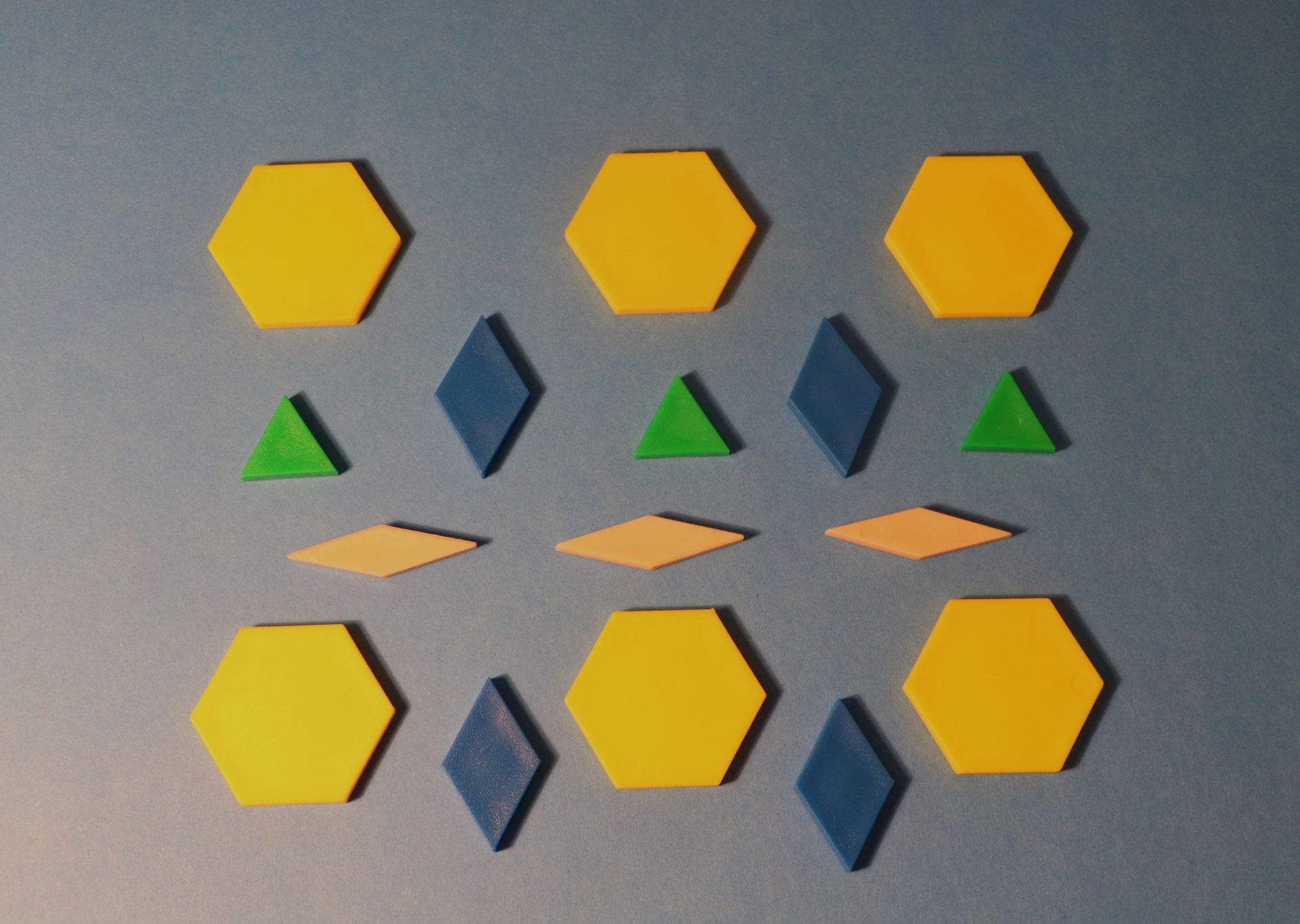
I really like this meticulous photo where different colors and textures are strategically arranged to form an array of colors.
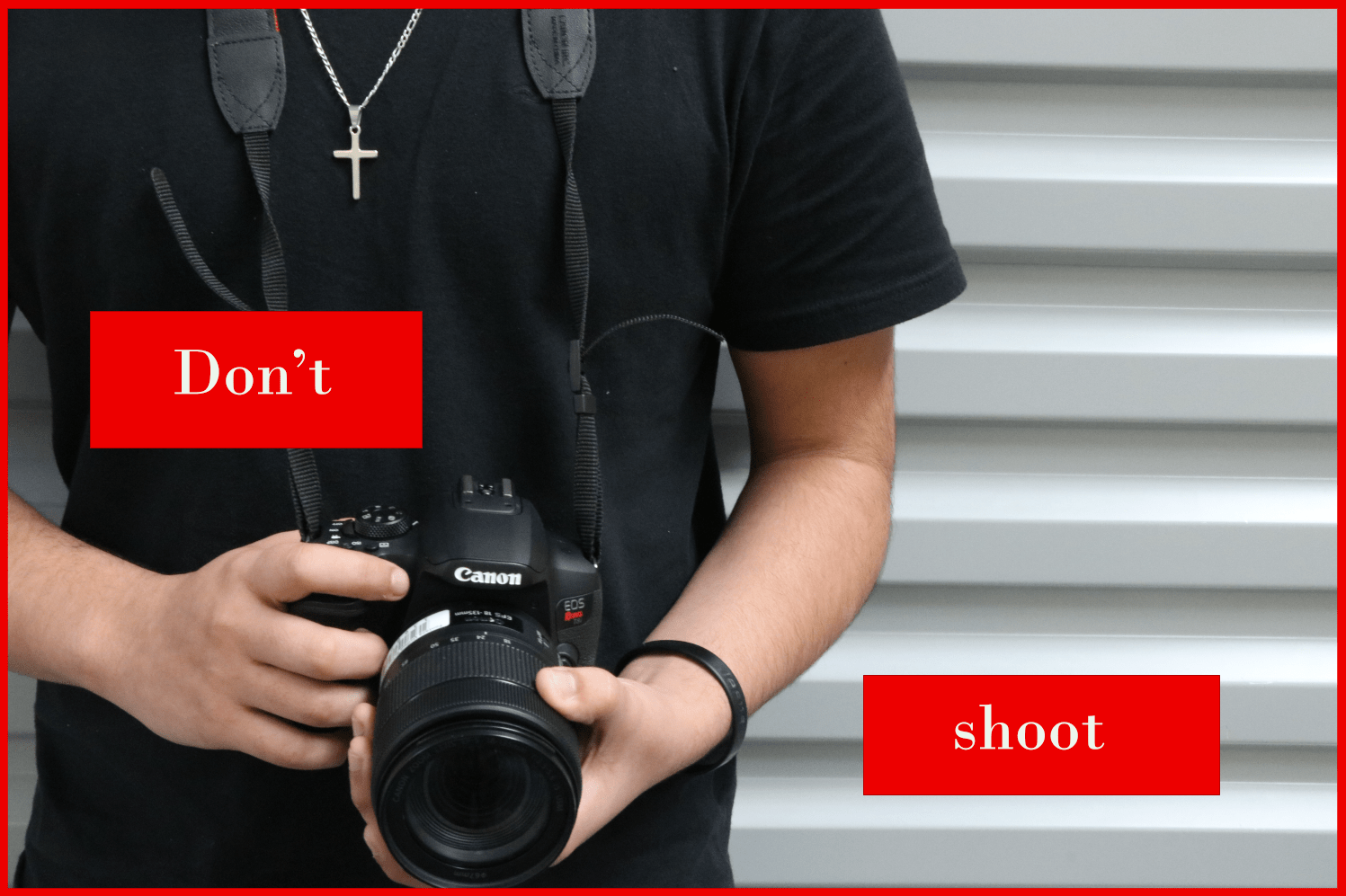
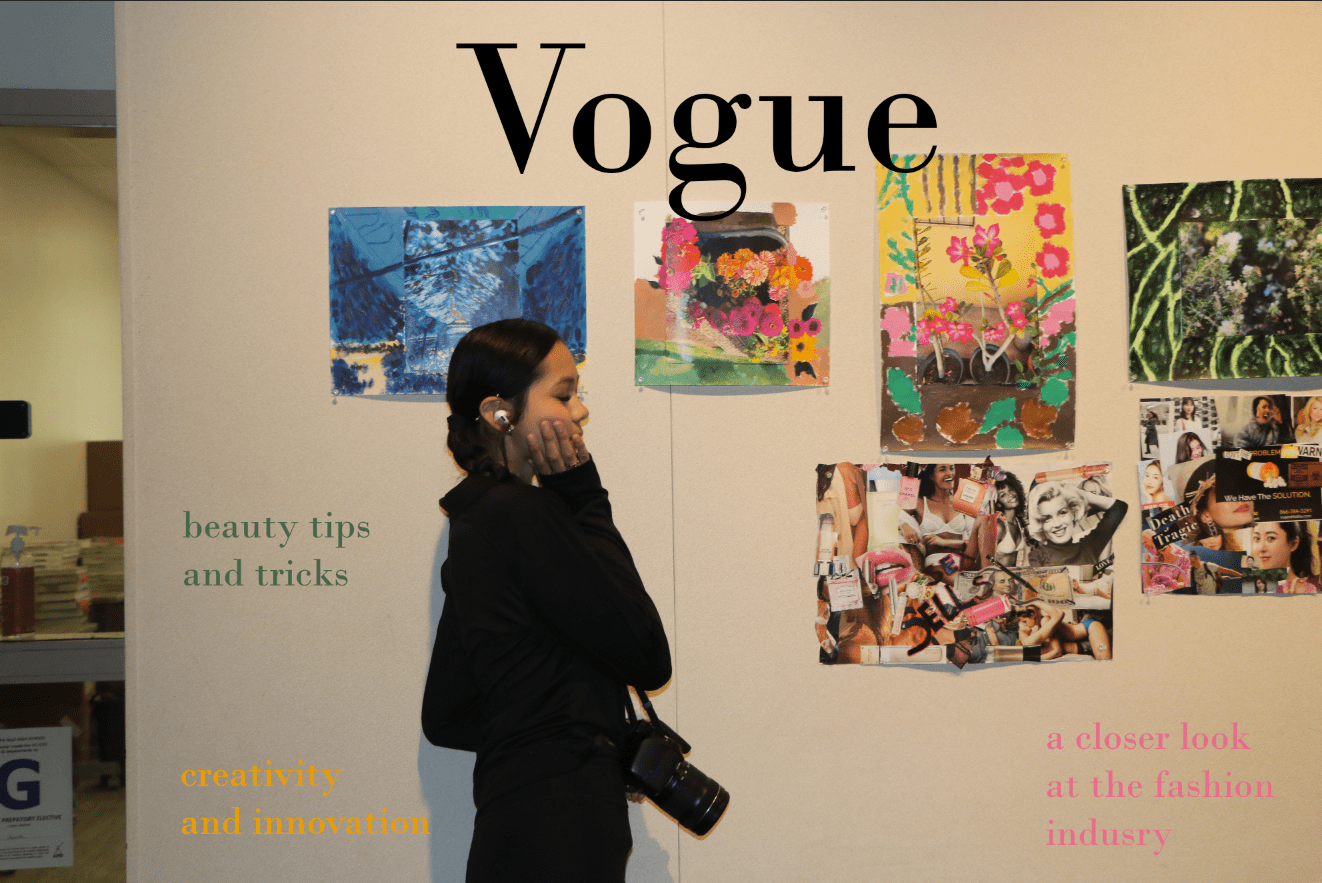
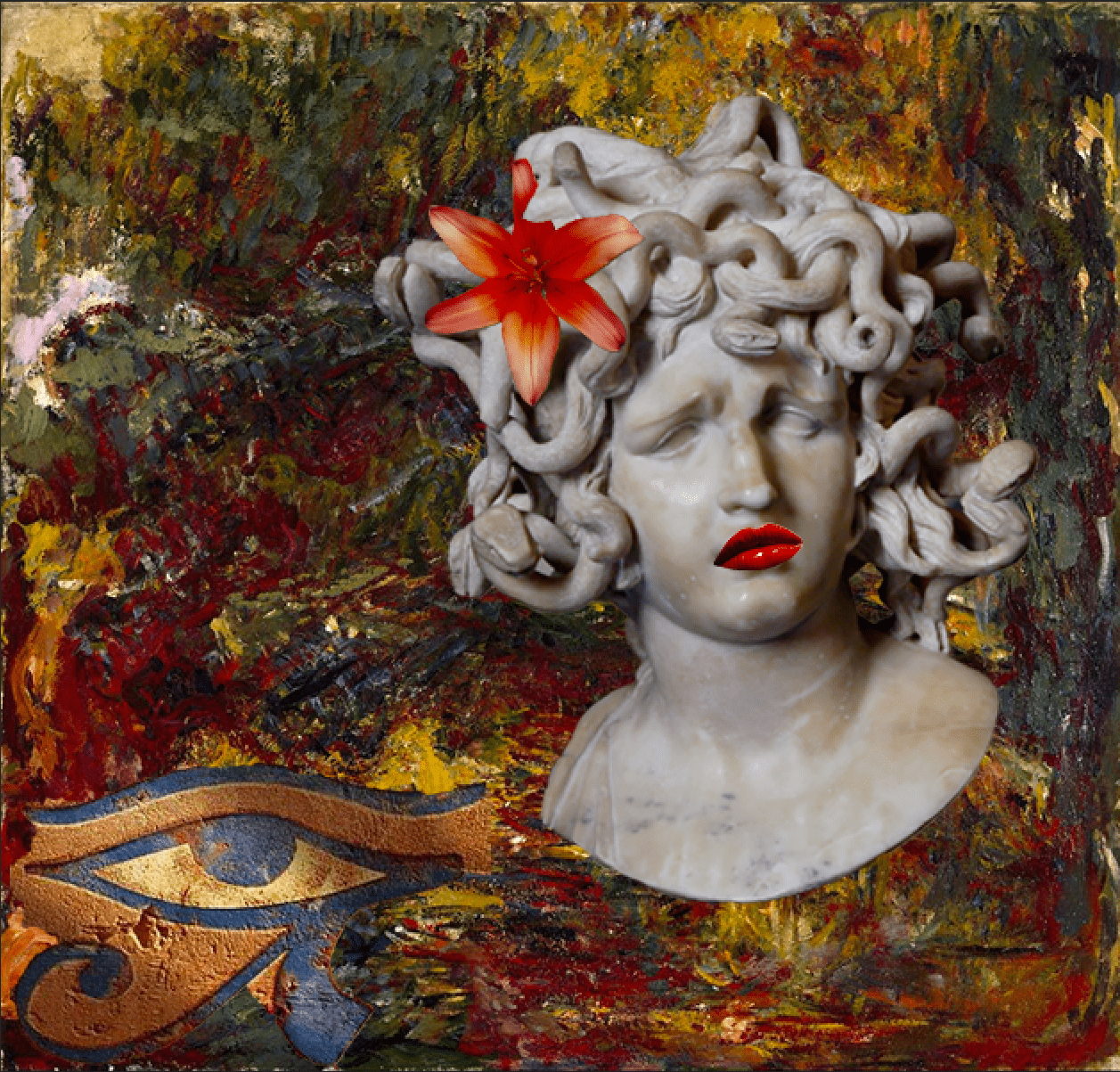
Types of Digital Cameras:
DSLR (Digital Single-Lens Reflex): DSLRs are interchangeable lens cameras that offer high-quality images and a wide range of features. They are bulkier and more expensive than other camera types, but they provide the most control over your photography.
Mirrorless Interchangeable-Lens Cameras (MILCs): MILCs are similar to DSLRs in functionality but have a smaller, lighter body because they don’t have a mirror. They are a good choice for photographers who want a high-quality camera that is more portable than a DSLR.
Point-and-Shoot Cameras: Point-and-shoot cameras are compact and easy to use. They are a good choice for casual photographers who want a simple camera to take snapshots.
Factors to Consider When Choosing a Digital Camera:
Image Sensor Size: The larger the image sensor, the better the image quality, especially in low-light conditions.
Megapixels (MP): Megapixels refer to the resolution of the image sensor. More megapixels generally means higher quality images, but more megapixels also means larger file sizes.
ISO Settings: ISO is a measure of a camera’s sensitivity to light. Higher ISO settings allow you to take pictures in low-light conditions, but they can also introduce noise into your images.
Camera Modes: Most cameras offer a variety of camera modes, such as aperture priority, shutter priority, and manual mode. These modes give you more control over your photography.
Flash Settings: Consider whether you need a built-in flash or if you would prefer to use an external flash.
Interchangeable Lenses: If you plan on doing a variety of types of photography, you may want a camera with interchangeable lenses.
Battery Life: Consider how long you need your camera to last on a single charge.
Shutter Lag: Shutter lag is the time between when you press the shutter button and when the camera actually takes the picture. Less shutter lag is better for action photography.
By browsing B&H Photo Video’s selection of digital cameras, you can compare the features, specifications, and prices of different models. You can also read reviews from other photographers to get their insights on different cameras.
Conclusion:
The best digital camera for you will depend on your individual needs and budget. By considering cost and effectiveness, you can ensure you will get a camera that suits you best. I would personally choose the Mark III. It has outstanding image quality for stills and Full HD video. It is a great choice for shooters who require a reliable tool for a wide variety of shooting conditions.
Future photo students,
This year flew by fast. We worked on many projects this year and got to collaborate to take pretty and artistic photographs. Being in photo taught me how to work together, individually and as a collective to reach the same goal, just with different outcomes. My advice to you is to have fun.
Do every assignment given out, as they are easy and accomplishable. If you pay attention at all the entire school year, pay attention in the beginning when Mrs. Cauchon teaches you the basics of photography as that will be the foundation for the rest of the assignments the entire schoolyear. Also, pay attention when she is explaining, as people who talk or are off task piss her off lol.
You will learn many cool things. Photo class is a great learning experience and fun class. Take advantage of it and make it a great year!
